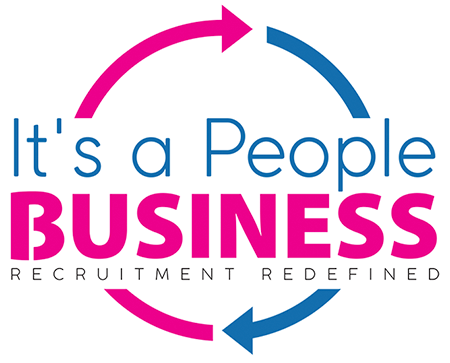
The UK job market is constantly evolving, and with it, the recruitment challenges faced by businesses. In 2023, it is likely that these challenges will be more pronounced due to the ongoing impact of the COVID-19 pandemic and the resulting economic uncertainty. Here are some of the top 4 recruitment challenges facing UK businesses in 2023:
To address talent shortages, businesses can consider a number of strategies:
1. Expanding the search beyond the local job market: By expanding the search to include candidates from other regions or countries, businesses may be able to find the skilled candidates they need. This can be especially useful in industries where there is a global demand for certain skills and expertise.
2. Offering flexible work arrangements: Many top candidates may not be available for full-time positions, but may be open to flexible work arrangements such as remote work or part-time options. By offering these types of arrangements, businesses may be able to attract top talent that they may not have been able to hire otherwise.
3. Investing in employee training and development: By investing in employee training and development programs, businesses can build up their internal talent pool and increase the skills and expertise of their existing workforce. This can help to reduce the need to hire from the external job market and increase retention of top talent.
4. Partnering with educational institutions: By partnering with educational institutions, businesses can help to shape the skills and expertise of future job candidates and ensure that there is a pipeline of qualified candidates available for future hiring needs.
Some of the challenges of remote work in the recruitment process include:
1. Assessing candidates' fit and cultural alignment: During in-person interviews, it is easier to assess candidates' fit and cultural alignment with the company, as nonverbal cues and body language can be observed. In a remote setting, it may be more difficult to assess these factors, which can make it harder to determine whether a candidate is the right fit for the company.
2. Onboarding new hires remotely: Onboarding and integrating new hires into the company culture and team can be challenging, especially when it is done remotely. It may be more difficult to provide the support and resources that new hires need to succeed in their roles and feel connected to the company and its values.
There are a number of ways that businesses can prioritize diversity and inclusion in their recruitment practices:
1. Develop and implement a diversity and inclusion strategy: By developing and implementing a diversity and inclusion strategy that includes specific goals and targets, businesses can demonstrate their commitment to diversity and inclusion and attract top talent that values these principles.
2. Use diversity and inclusion-focused recruitment agencies and job boards: There are a number of recruitment agencies and job boards that specialize in diversity and inclusion, and using these resources can help businesses reach a wider pool of diverse candidates.
3. Partner with organizations that promote diversity and inclusion in the workplace: By partnering with organizations that promote diversity and inclusion in the workplace, businesses can demonstrate their commitment to these principles and attract top talent that values these values.
4. Review and assess current recruitment practices: Businesses can review and assess their current recruitment practices to ensure that they are not inadvertently excluding diverse candidates. This could include reviewing job postings and application processes to ensure that they are inclusive and accessible to all candidates.
Here are some ways that businesses can improve the candidate experience:
1. Clearly and accurately communicate job requirements and expectations: By clearly and accurately communicating job requirements and expectations in the initial job posting, businesses can attract candidates that are the best fit for the role. This can also help to reduce the number of unqualified candidates that apply for the position.
2. Streamline the application process: A lengthy or complicated application process can be a major deterrent for candidates, so it is important for businesses to make the process as efficient and straightforward as possible. This could include using an applicant tracking system (ATS) to manage resumes and applications, and providing clear instructions on how to apply.
3. Provide timely and constructive feedback: Candidates appreciate timely and constructive feedback throughout the recruitment process, and it is important for businesses to provide this in order to maintain a positive candidate experience. This can include providing feedback on resumes and application materials, as well as keeping candidates informed about the status of their application.
4. Be transparent about the hiring process: Candidates appreciate transparency in the hiring process, and it is important for businesses to be clear about the timeline and expectations for each stage of the process. This can help to reduce uncertainty and anxiety for candidates and improve the overall candidate experience.
